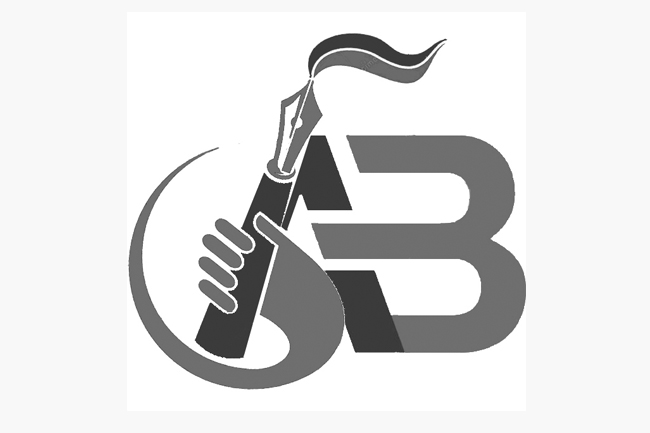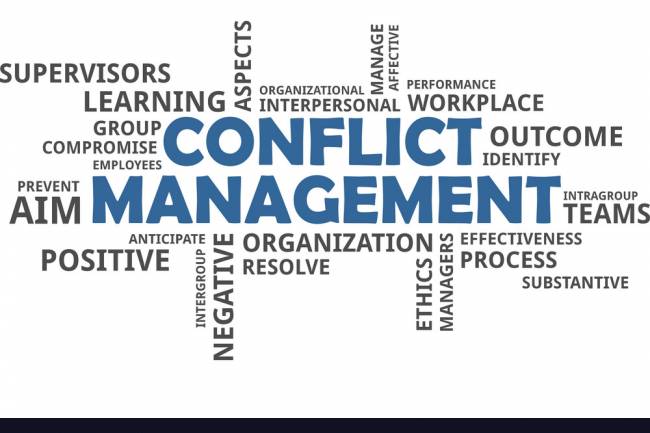The Importance of Staffing and Recruiting
There are several reasons you should hire an external staffing and recruiting firm. The following are the benefits and drawbacks of this process.
Read on to learn more. The first benefit: It saves time. In the long run, it can save your organization money. In addition, this approach will keep your workforce happy and productive. Read on to learn more about the costs and methods that are involved. Finally, you'll find that staffing and recruiting are handy tools for your organization.
Involvement of external recruiters
Using external recruiters can boost the overall efficiency of staffing and recruiting operations. While these services are generally more expensive, they can invigorate a stale enterprise and tap into a larger talent pool. Furthermore, an external recruiting firm can increase your company's responsiveness to a rapidly changing business
environment and introduce new knowledge and connections.
External recruitment is time-consuming and cumbersome. However, hiring from outside the company includes a new perspective and an improved hiring process. External recruiters also bring fresh ideas and experience to the table, which can help a company expand its business or open branches in new markets. Moreover, hiring from outside the organization can challenge legacy thinking and "old guard" relationships. It also helps improve current internal processes.
Costs
Recruiting and staffing activities require a significant outlay on a company's budget. Initial outlays include advertising and online job site fees and expenses for human resources management (HR). Other costs include pre-employment skills assessment tests, background checks, and general onboarding expenditures. The amount of these outlays can vary widely depending on the hiring process. Aside from the initial financial outlay, recruitment and staffing activities can also incur associated costs,
such as employee health insurance.
Generally, the cost of hiring an IT or engineering employee varies considerably depending on the type of role. Engaging a local, full-time employee versus hiring a temporary in-house or remote-based contractor requires weighing various costs. Depending on the position, the cost can range anywhere from $4,000 to $7,000. This assumes that the company doesn't use an external recruiter to find its candidates.
Impact on organization
In today's turbulent and competitive environment, adequate staffing and recruiting are critical to the survival of organizations. To stay competitive, organizations need to recruit and select highly motivated employees. However, globalization and other environmental trends have undermined the traditional sources of competitive advantage. In addition, the globalization of the marketplace has given rise to healthy and unhealthy competition among similar industries. As a result, several recent studies have demonstrated the impact of recruiting and staffing processes on organizational performance.
Managing resources is a critical function of staffing and recruiting. When resources are used efficiently, employees can achieve organizational goals and reduce chaos. Hiring competent individuals ensures a smooth, functioning organization. It also cuts down on costs and minimizes wastage. Managing resource is a complex process, and this function can help the management reach the desired goal. Learn more about this through staffing and recruiting Chevy Chase MD.
Methods
Recruiting and staffing are complementary processes in human resources
management. Both approaches focus on the search for and employment of potential employees. Staffing involves various steps to create a successful business, from recruiting to training to rewarding and retaining workers. Recruiting refers to finding and hiring candidates, whereas staffing involves finding qualified people for multiple roles within an organization. During the early stages of recruitment, potential candidates have been sought after.
During this initial planning phase, businesses must assess their needs and decide on the types of employees they want. This includes the kind of positions, desired education, work experience, and age demographic. Based on these criteria, businesses can set budgets and select employees accordingly. Additionally, during the recruitment process, companies must determine the compensation and benefits they would like to provide their employees. By making a realistic assessment, businesses can ensure the best fit for their needs.












